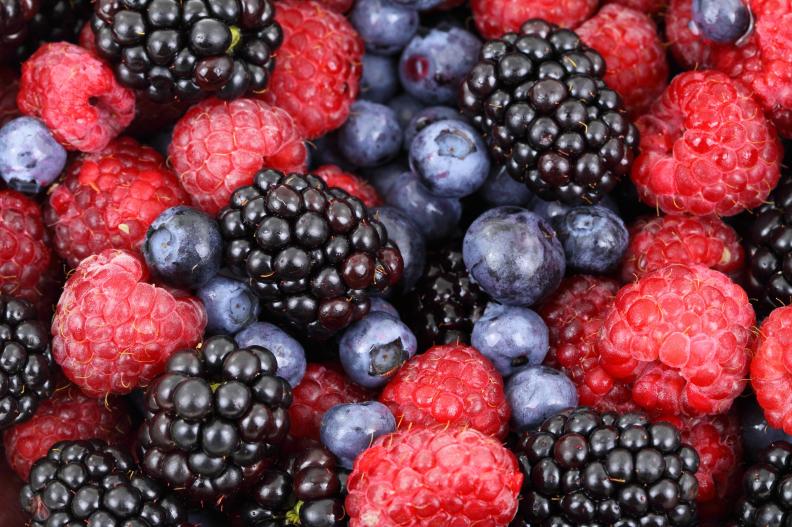Why You Should Be Eating More Fruit
Fruits come packed with different sets of nutrients. We asked three registered dietitians for their opinions on which fruits have the most health benefits, and these experts had some unexpected answers.
Before you radically change your food routines, be sure to get personalized advice from a doctor or nutritionist who can assess your own specific needs. And whatever your habits are, be kind to yourself. Shana Minei Spence is a New York-based registered dietitian nutritionist who runs a blog called The Nutrition Tea. Some people get concerned about the sugar content in fruit, but she says fruits are full of naturally occuring sugars (unlike the added sugar contained in so many processed foods we eat) and are also packed with fiber, vitamins, minerals and antioxidants. “No one is overeating fruit,” she says. “There's no need to count servings of fruits. I suggest always thinking of ways to add them into your day.”









